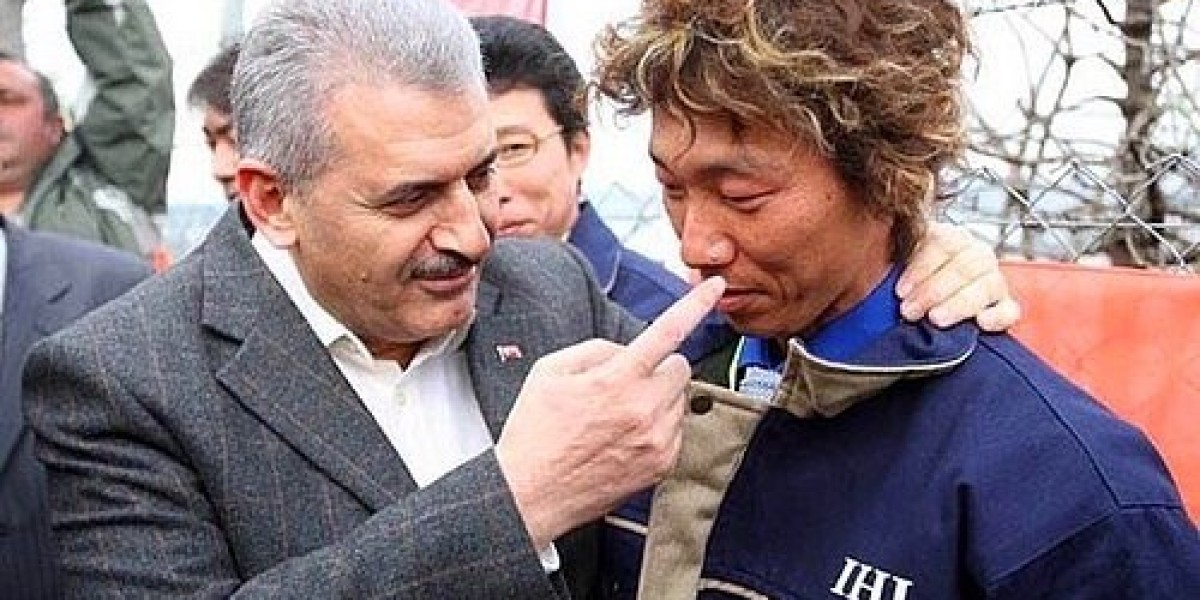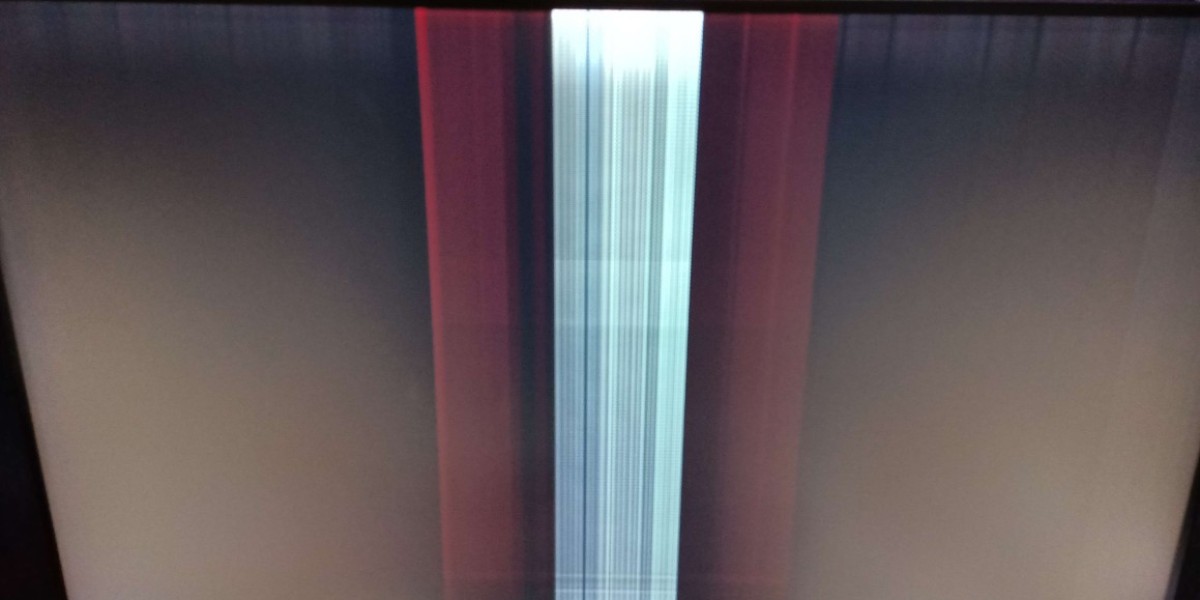MBBS in Iran has gained popularity among Indian students seeking affordable medical education abroad without compromising on quality, recognition, or exposure. Iran’s government-supported medical universities, low tuition fees, globally recognized degrees, and strong clinical training facilities make it a preferred destination for students looking for value-driven education. With advanced hospital infrastructure, English-medium programs, and easy admission requirements, Iran has become a cost-effective alternative to studying medicine in private medical colleges in India or other expensive countries.
Why Choose Iran for MBBS?
Studying MBBS in Iran offers numerous advantages for Indian and international students:
Affordable Tuition Fees: Compared to India’s private medical colleges, Iran offers programs between USD 3,500–7,000 per year (₹2.9–5.8 lakh) with no hidden donations or capitation fees.
Globally Recognized Universities: Top Iranian medical universities are listed in the World Directory of Medical Schools (WDOMS) and are recognized by WHO, ECFMG, FAIMER, and NMC (India).
Quality Education: Strong academic frameworks, advanced laboratories, and experienced faculty ensure quality education aligned with international standards.
High Patient Exposure: Iranian teaching hospitals have a high patient inflow, providing students with practical clinical experience and hands-on training.
Safe & Student-Friendly Environment: Iran is considered one of the safest destinations for students, with structured university accommodations and strong student support services.
Top-Ranked Medical Universities in Iran
Iran has over 50 universities offering medicine, but the following are the most popular among international students due to their facilities, recognition, and affordable fee structure:
| University Name | City | Annual Tuition Fee (Approx.) | Key Highlights |
|---|---|---|---|
| Tehran University of Medical Sciences (TUMS) | Tehran | USD 6,000–7,000 | Oldest and most prestigious; extensive research centers |
| Shahid Beheshti University of Medical Sciences (SBUMS) | Tehran | USD 5,500–6,500 | Strong specialty departments, high FMGE/NExT focus |
| Iran University of Medical Sciences (IUMS) | Tehran | USD 5,000–6,000 | Large clinical network and international collaborations |
| Shiraz University of Medical Sciences (SUMS) | Shiraz | USD 4,500–5,500 | Known for affordable English-track MD programs |
| Isfahan University of Medical Sciences (IUMS-Isfahan) | Isfahan | USD 4,000–5,000 | Balanced academics and lifestyle; cultural city |
| Mashhad University of Medical Sciences (MUMS) | Mashhad | USD 4,500–5,000 | Excellent patient flow and specialty hospitals |
| Tabriz University of Medical Sciences (TBZMED) | Tabriz | USD 4,000–4,800 | Modern infrastructure and active research |
| Kerman University of Medical Sciences (KMU) | Kerman | USD 3,500–4,500 | Affordable fees, focus on community health |
Fee Structure and Living Costs
Studying in Iran is highly cost-effective compared to other MBBS destinations:
| Expense Category | Estimated Cost (USD) | Cost in INR (Approx.) |
|---|---|---|
| Tuition Fee (per year) | 3,500–7,000 | ₹2.9–5.8 lakh |
| Hostel/Dormitory (monthly) | 50–150 | ₹4,000–₹12,000 |
| Food & Daily Expenses (monthly) | 100–150 | ₹8,000–₹12,000 |
| Health Insurance (per year) | 100–200 | ₹8,000–₹16,000 |
| Books & Resources (per year) | 100–250 | ₹8,000–₹20,000 |
Total Estimated Annual Cost: USD 5,000–7,500 (₹4–6 lakh) including tuition, accommodation, and living expenses.
Eligibility Criteria for MBBS in Iran
Indian students must meet the following eligibility criteria to apply for MBBS in Iran:
Academic Requirements: 10+2 with Physics, Chemistry, Biology and a minimum of 50% (General) and 40% (Reserved) in aggregate.
NEET Qualification: Mandatory for Indian students planning to practice medicine in India.
Minimum Age: Candidate must be at least 17 years old at the time of admission.
Language Requirement: English proficiency is often sufficient for English-track programs, though some universities may require IELTS/TOEFL or a placement test. Basic Persian knowledge is encouraged for clinical interactions.
Step-by-Step Admission Process
Research and Shortlist Universities: Identify universities based on fee affordability, global ranking, and preferred language of instruction.
Check Admission Criteria: Review eligibility, entrance requirements, and deadlines on official websites.
Document Preparation: Collect mark sheets, NEET scorecard, passport, passport-size photos, and medical fitness certificate.
Submit Online Application: Apply directly via the university’s international admissions portal and pay the application fee (if applicable).
Receive Offer Letter: After verification, you’ll receive an acceptance or conditional offer letter.
Pay Initial Tuition Fee: Secure your seat by paying the first-year tuition fee.
Visa Processing: Apply for a student visa with all required documents.
Travel & Registration: Upon arrival, complete university registration, medical checks, and residency paperwork.
MBBS Curriculum in Iran
Iran’s MBBS curriculum follows a structured 6-year framework, designed to meet international standards:
Years 1–2: Pre-Clinical Studies
Focus on foundational subjects like Anatomy, Biochemistry, Physiology, Microbiology, and Pathology, along with practical laboratory sessions.Year 3: Para-Clinical Phase
Introduction to clinical sciences, Pharmacology, Community Medicine, and pathology-based disease studies.Years 4–6: Clinical Rotations
Students undergo extensive clinical rotations in Internal Medicine, Surgery, Pediatrics, Obstetrics & Gynecology, Psychiatry, Orthopedics, Radiology, and Emergency Medicine in university-affiliated hospitals.Final Year: Internship
A one-year compulsory internship with hands-on training, patient case handling, and supervised ward duties.
Advantages of Studying MBBS in Iran
No Capitation Fees: Transparent admission process based solely on academic merit.
Affordable Living: Cost of living is much lower than most European and Asian destinations.
English-Medium Programs: Many universities offer fully English-taught courses to attract foreign students.
High FMGE/NExT Success: Strong academic curriculum aligns well with screening exam preparation.
Safe Country: Iran is known for its structured academic culture, safe campuses, and friendly local communities.
Strong Global Prospects: Graduates can pursue postgraduate studies or licensing exams in countries like India, the USA, UK, Canada, and Australia.
Scholarships and Financial Support
Some universities provide scholarships or fee reductions for high-performing students or those with strong academic backgrounds. Financial aid options include:
Merit-based scholarships for top-performing students.
Government-backed funding in select universities for international collaborations.
University dormitory subsidies to reduce living costs.
Life as a Medical Student in Iran
Iran offers a rich cultural experience and a warm environment for international students:
Hostel Facilities: On-campus dormitories are safe, affordable, and equipped with modern amenities.
Student Communities: Indian student associations and cultural clubs support newcomers in adapting quickly.
Cultural Integration: Students often take up Persian language lessons for smoother patient communication.
Affordable Lifestyle: Public transportation, subsidized meals, and low-cost healthcare make daily life comfortable.
Career Opportunities After MBBS in Iran
Graduates of Iranian universities have multiple career pathways:
Practice in India: Clear the FMGE/NExT to obtain a license for practicing medicine in India.
International Licensure: Attempt USMLE (USA), PLAB (UK), or other global medical licensing exams.
Postgraduate Studies: Pursue MD/MS or specialty training in Iran or abroad.
Research & Academia: Join Iranian or international research institutions and contribute to global healthcare.
Conclusion
Studying MBBS in Iran provides an unbeatable combination of affordable tuition fees, global recognition, high-quality academics, and strong clinical training. With transparent admissions, safe living conditions, and top-ranked medical universities, Iran has positioned itself as one of the best destinations for Indian students looking to become globally competitive doctors. By planning early, preparing documents, and applying to top universities, students can secure a rewarding medical education that opens doors to international career opportunities.







